The Plant Based Excipient Market is currently characterized by a dynamic competitive landscape, driven by increasing demand for sustainable and natural ingredients across various industries, including pharmaceuticals, food, and cosmetics. Key players such as DuPont (US), BASF (DE), and Cargill (US) are strategically positioning themselves through innovation and partnerships to enhance their market presence. DuPont (US) focuses on developing advanced biopolymers that cater to the growing need for plant-based solutions, while BASF (DE) emphasizes sustainability in its product offerings, aligning with global trends towards eco-friendly materials. Cargill (US) is actively expanding its portfolio of plant-based excipients, leveraging its extensive supply chain capabilities to meet diverse customer needs, thereby shaping a competitive environment that prioritizes sustainability and innovation.
In terms of business tactics, companies are increasingly localizing manufacturing and optimizing supply chains to enhance efficiency and responsiveness to market demands. The competitive structure of the Plant Based Excipient Market appears moderately fragmented, with several key players exerting influence through strategic initiatives. This fragmentation allows for niche players to emerge, fostering innovation and competition, while larger corporations leverage their resources to maintain market leadership.
In August 2025, DuPont (US) announced the launch of a new line of plant-based excipients designed specifically for the pharmaceutical industry. This strategic move is significant as it not only expands DuPont's product offerings but also reinforces its commitment to sustainability, catering to the increasing regulatory pressures for greener alternatives in drug formulation. The introduction of these excipients is likely to enhance DuPont's competitive edge in a market that is progressively leaning towards environmentally friendly solutions.
In September 2025, BASF (DE) entered into a strategic partnership with a leading biotechnology firm to co-develop innovative plant-based excipients. This collaboration is indicative of BASF's strategy to integrate cutting-edge technology with sustainable practices, potentially leading to the development of novel excipients that could redefine industry standards. Such partnerships may enhance BASF's research capabilities and accelerate the time-to-market for new products, thereby strengthening its competitive position.
In July 2025, Cargill (US) completed the acquisition of a smaller firm specializing in plant-based excipients, which is expected to bolster its product portfolio and market reach. This acquisition aligns with Cargill's strategy to diversify its offerings and enhance its supply chain efficiency. By integrating the acquired company's expertise, Cargill is likely to improve its competitive stance in the market, responding more effectively to the evolving demands of customers seeking sustainable solutions.
As of October 2025, the Plant Based Excipient Market is witnessing trends that emphasize digitalization, sustainability, and the integration of artificial intelligence in product development. Strategic alliances are increasingly shaping the competitive landscape, enabling companies to pool resources and expertise to innovate more rapidly. Looking ahead, it appears that competitive differentiation will evolve from traditional price-based competition to a focus on innovation, technological advancements, and supply chain reliability, as companies strive to meet the growing consumer demand for sustainable and effective plant-based solutions.


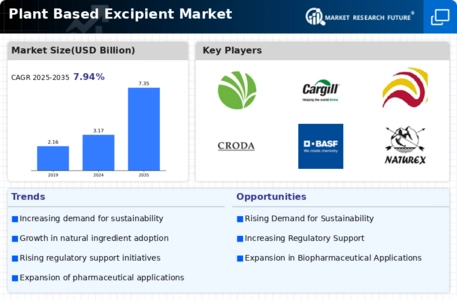
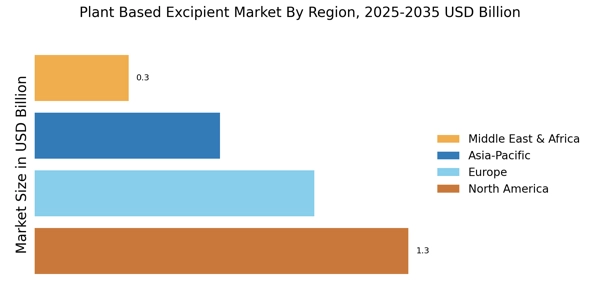
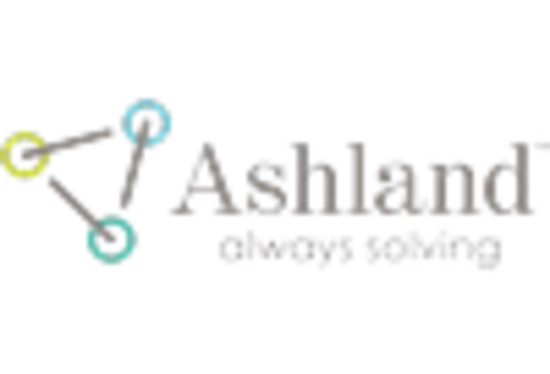



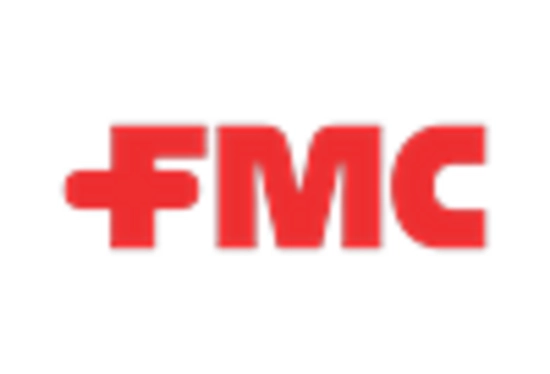
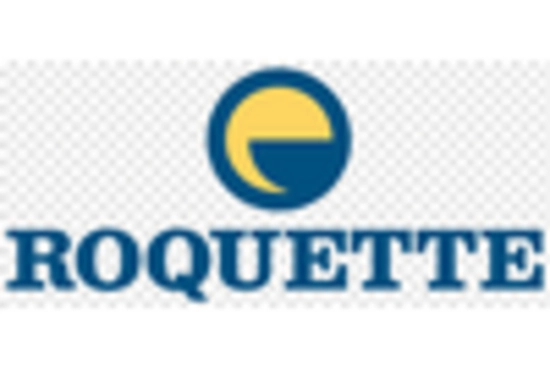








Leave a Comment